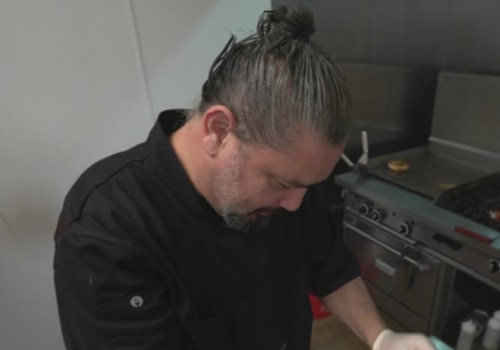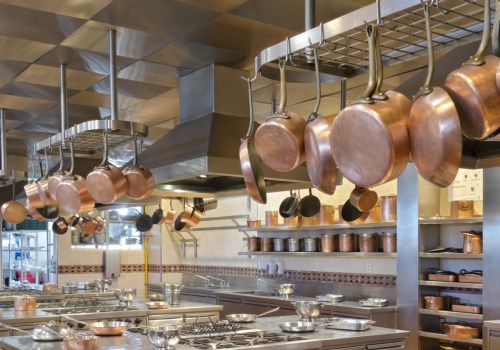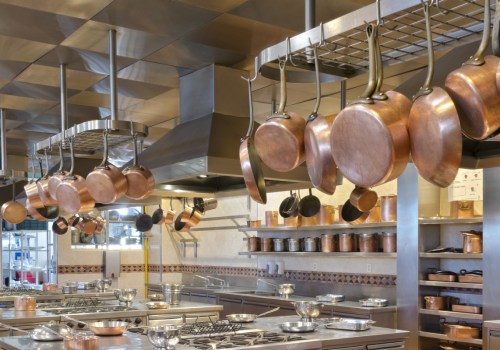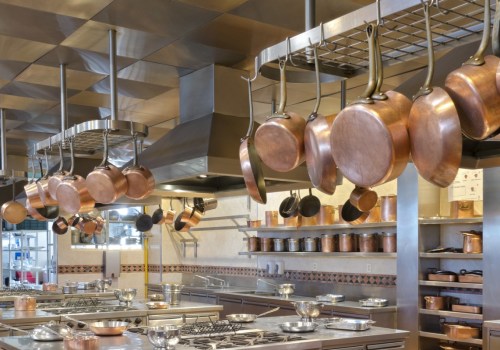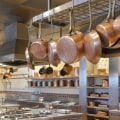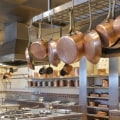Ghost kitchens are essentially restaurants without storefronts. There are no spaces for customers to eat and the kitchen itself is usually small. The concept is relatively new in the culinary world and revolves around a kitchen and a chef or chefs who prepare food that is available at home. On its website, Virtual Dining Concepts states that restaurants that install ghost kitchens to operate one or more of their brands can expect a 30 percent increase in profits.
Instead of shutting down their businesses entirely, restaurateurs can meet consumers' high demand for home delivery with a ghost kitchen. Take Local Culinary as an example, a ghost kitchen company that operates more than 40 brands of virtual restaurants with generic names such as Chef Burger or Pizza Mania. While in the past, smaller companies could barely afford to venture into off-site sales because the cost of paying their own delivery people exceeded the small profit margins they obtained, these smaller companies can now use the development of ghost kitchens to maximize productivity and efficiency and also reduce costs in other areas. Anyone can cook their hamburger, tacos or pizza anywhere, which makes the ghost kitchen concept so lucrative and attractive to owners and investors.
Currently, China leads the pack with 7,500 ghost kitchen establishments, followed by India with 3,500 and then the United States. Especially with the trend of increasing food delivery options, this could be a turning point for many ghost kitchen brands. Many restaurants that venture off-premises through ghost kitchens partner with third-party delivery aggregators, such as Uber Eats, Grubhub and DoorDash, because they simply don't have the bandwidth needed to launch their own delivery service. Ghost kitchens are an example of the resilience of restaurant owners around the world in the face of a global pandemic.
Ghost or virtual kitchens, in which a commercial kitchen produces food exclusively for home delivery, can take different forms. More and more often, the food you order from a home delivery application is prepared by chefs who work for a restaurant that doesn't really exist, at least not in the traditional sense. Not all ghost kitchen businesses are inherently exploitative or obsessed with profits over labor; in fact, some may even be responsible for saving independent restaurants that might otherwise have failed during the most difficult times of the pandemic without earning additional income. For this reason, ghost kitchens could be a new solution for the industry that is currently struggling, especially with the pandemic.
Using the right type of VK SaaS for your ghost kitchen is important for both exposure and profitability. With the increasing participation of ghost kitchens in the restaurant industry, greater automation and adoption of technology can also be expected. The possibility for merchants to use this concept as a means of increasing their profit margin has led to the widespread popularity of ghost kitchens in the United States.
